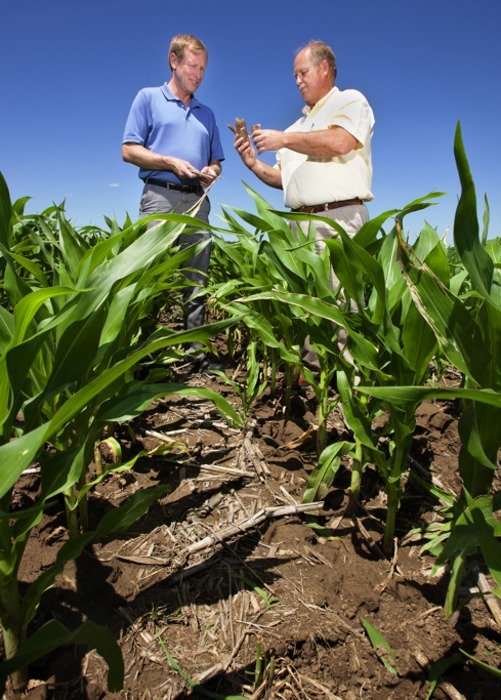LINCOLN, Neb., Jan. 31 (UPI) -- Corn crop residue often left behind on harvested fields to protect soil quality could become an important raw material for biofuels, U.S. researchers say.
A study by scientists with the U.S. Department of Agriculture indicated soil quality would not decline if post-harvest corncob residue was removed from fields as a potential biofuel source.















